By Stephen D. Lutz
During World War II, the U.S. Navy built more than 1,000 destroyer escorts, ships whose primary duty was to escort supply convoys across the world’s oceans to insure that their precious cargo of food, fuel, war material, and personnel got to their destinations safely.
One of these destroyer escorts, the USS Mason (DE-529), never fired a shot in anger, supported an amphibious assault landing on a hostile shore, or attacked an enemy submarine. Yet its place in history is assured because of one unique fact. It was the first U.S. Navy ship with a predominately African American crew at a time when most black sailors were restricted to low-level, demeaning tasks.
Recalling his World War II Navy days, former Mason radioman Merwin Peters said, “The Navy has a good way of covering things up.” He was referring to the USS Iowa’s turret explosion mishap of April 19, 1989. But he felt the same about his ship, the USS Mason, which he described as being “something the Navy decided they just didn’t want out.”
What caused the Navy to shudder about the Mason? It was not how ineffective it was. It was overly effective, far more than ever anticipated. No, it was that its 95 percent African American crew excelled in their seamanship duties. For all intents and purposes, in the Navy’s way of thinking in those days, the crew should have been failures. The exact opposite happened.
In doing his job aboard ship, Peters went on to learn the secret German Navy code on his own. But first, Peters and his black shipmates had to get aboard ship.
At least in writing, the U.S. Navy had settled its standing on race in February 1945, stating, “The Navy accepts no theories of racial differences in inborn ability, but accepts that every man wearing his uniform be trained and used in accordance with his maximum ‘individual capacity determined on the basis of individual performances.’”
After decades of restricting what duties black sailors were allowed to perform, the post-war Navy referred to the Mason—and another “breakthrough” ship, the sub chaser PC 1264—as shining examples of what African American sailors could do. These were the only two predominantly African American-crewed ships throughout the war; they effectively proved their worth at sea. The Navy would take a long time to show its appreciation.
Entering its first full year of the war in 1942, America’s military restricted African American members to 10 percent in any uniform. Affecting that formula were the post-World War I years of 1918-1932. Between those years, the Navy prevented African Americans from enlisting, but by 1932 the world’s political situation was changing and not for the better. Imperialistic Fascist land conquests became a reality, and a new world war was looming on the horizon.
The Navy more or less opened a side door for African American enlistments when, in 1932, blacks were allowed to enlist but the most promising rating an African American could attain was that of mess steward. That meant being nothing more than a cook or a butler-waiter for officers. Although the Navy could have had a black sailor quota of up to 10 percent, the service never got higher than six percent.
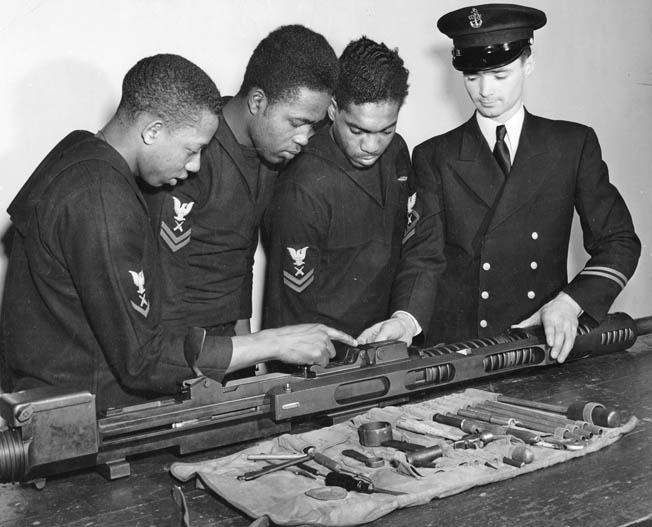
Two days after the December 7, 1941, Japanese attack on Pearl Harbor, the National Association for the Advancement of Colored People (NAACP) sent a telegram to Navy Secretary Frank Knox requesting that African Americans be allowed to fill posts in the Navy other than that of messmen. With rare exceptions, those holding ratings other than mess steward tended to be restricted to shore duty, as the Navy feared that blacks and whites sharing the cramped quarters aboard ship would spark racial problems.
Knox refused the NAACP’s request, but the winds of change were blowing. President Franklin D. Roosevelt urged Knox to reexamine the policy and, if at all possible, gradually reach a point of integration among ships’ crews.
On March 27, 1942, the Navy’s General Board responded, “The General Board fully recognizes and appreciates the social and economic problems involved, and has striven to reconcile these requirements with what it feels must be paramount at any consideration, namely the maintenance at the highest level of the fighting efficiency of the Navy.” It added that black sailors could be used “with least disadvantage” in shore and dock installations, aboard local defense vessels, with construction units (“Seabees”), and on selected Coast Guard cutters.
On April 7, the president issued an order that the Navy must proceed with integration, and so the Navy announced that, as of June 1, 1942, African Americans could enlist for the general service. Two ships would act as a vanguard of that new policy: the USS Mason and the submarine chaser PC-1264. The Mason’s keel was laid at the Boston Navy Yard on October 14, 1943, and the ship was commissioned on March 20, 1944; PC-1264 was commissioned on April 25, 1944.
The time had come for the Navy to extend itself and see what it could do with its new resources of manpower aboard warships. The Mason was selected to be the test case of this radical new experiment.
Already well known as an example of what a black fighting man could do was Messman Third Class Doris (pronounced “Doree”) Miller. During the Japanese attack on Pearl Harbor, Miller, aboard the battleship West Virginia, came to the aid of the ship’s captain, Mervyn Bennion, who lay mortally wounded by a shell fragment.
Enraged, Miller then headed to the nearest available .50-caliber antiaircraft machine gun and began firing away at the enemy planes. When the attack ceased, Miller helped rescue injured sailors. For his actions, he was awarded the Navy Cross, the second highest award for gallantry in the Navy. Unfortunately, he was killed when the escort carrier Liscome Bay was sunk on December 7, 1943.
In Navy nomenclature, “DD” signifies a destroyer, while “DE” refers to a destroyer escort––a smaller version of a destroyer. DEs came in five classes, with the Mason being in the Evarts class. Ninety-seven Evarts-class DEs were built during the war, with 32 going to England under the Lend-Lease program. A ship of the Evarts class had a weight of 1,436 tons and a crew of 200. With 198 tons of diesel fuel, it could range 4,150 miles with a top speed of 21.5 knots (23 miles per hour) under good sailing conditions.
For the purpose of sea warfare, the Mason carried three 3-inch guns, one twin 40mm gun (if not the older 1.1-inch gun), nine 20mm single guns, one spigot mortar that lobbed depth charges known as hedgehogs onto submerged submarines, two depth-charge tracks, and eight K gun projectors to throw depth charges. What the DEs were missing were the destroyers’ capabilities of launching torpedoes.
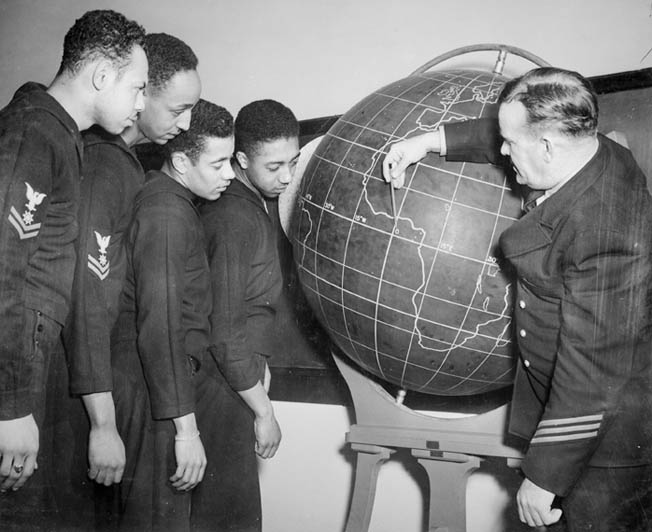
Being smaller also meant being lighter and faster. A destroyer escort such as the Mason was, according to one historian, “really a fragile ship, according to standards of Navy needs and productions. The hull was very thin metal.”
The Mason was named in honor of Ensign Newton Henry Mason, a naval aviation cadet who was the Navy’s first African American pilot. Assigned to Fighter Squadron VF-3, the 24-year-old died in action over the Coral Sea on May 9, 1942. His mother, Mrs. David Mason, would receive his posthumous Distinguished Flying Cross.
As with any such collection of servicemen, the Mason’s crew came from all across America—from the East to West Coasts, from the Deep South to the northern and midwestern states.
One of the 156 enlisted crewmembers of the Mason was South Carolinian James W. Graham. His first attempt at volunteering came along with four friends who all strove to become Army Air Corps pilots; they were given a flat “no” to that idea. A suggestion was made about joining the Navy, but knowledgeable of the Navy’s limitations on jobs for blacks, Graham’s first reaction was that he was “not going to cook for anybody or clean up behind anybody.”
When the Navy told him they had gotten beyond that and that attempts were being made at equalizing ratings, he enlisted on a lie; he was 17 feigning 18. No matter; Graham became a Radioman 2nd Class on the Mason.
Gordon “Skinny” Buchanan grew up on Long Island, New York. Attending an “all-white school” proved advantageous for him. He learned German, and on board the Mason he was a quartermaster. He was confident that he would be used as an interrogator should any German be brought aboard. Better yet, if a German U-boat was taken in tow, Buchanan felt sure he would be one of those to go aboard to bring it in.
Winfrey Roberts was North Carolina-born but raised in South Orange, New Jersey. His extended family background afforded him a comfortable childhood and a prosperous Washington, D.C., War Department job, but he wanted to see action. First trying the Coast Guard, he was rebuked but was then drafted into the Navy, becoming an electrician’s mate aboard the Mason.
Seaman Second Class Lorenzo A. DuFau was a married father of one living in New Orleans, Louisiana, prior to his Navy stint. When his Navy classmates were dispersed to other locales, many ended up at California’s Port Chicago; he missed that assignment by the one line that separated his name alphabetially from another. On July 17, 1944, a massive explosion at the port killed 322 personnel, 225 of them African American sailors.
Fifty other African American sailors started the Port Chicago Mutiny over ill treatment, poor training, and biases that may have led to the deaths of their comrades (see WWII Quarterly, Summer 2014).
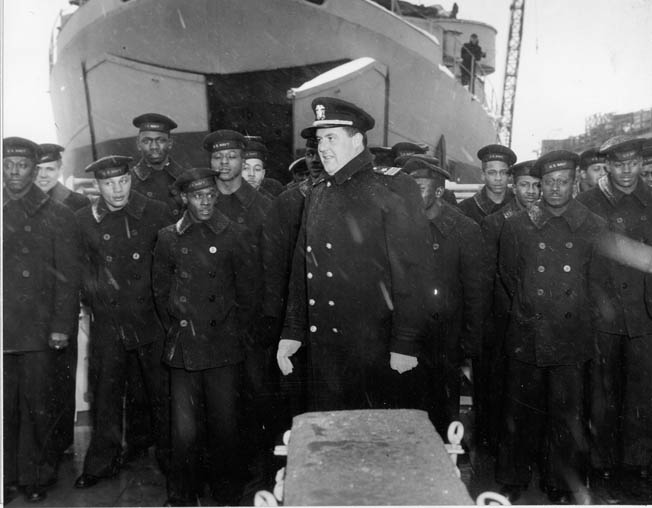
Originally intended for the Pacific, and with a white crew, the Mason was sent to the Atlantic for convoy escort duty—and one other greater task: to prove the worth of a mostly black crew, just as the Tuskegee Airmen were proving the worth of black fighter pilots.
Quartermaster Second Class Charles Divers, a 21-year-old from Melrose Park, Illinois, who joined the Navy to get out of going into the Army, said the ship was called Eleanor’s Folly, after President Roosevelt’s wife Eleanor, who pushed for racial integration in the military. Divers expressed a sentiment that many others shared: “The Mason was not expected to succeed.”
When construction began on DE-529 in October 1943, German U-boats had had a bountiful month, as 11 merchant ships heading for Britain or Russia were sunk. The prime time for such torpedoing was at dusk or sunrise, with all floating targets clearly silhouetted. This was an ongoing apprehension among the Mason’s crew and its white skipper, Lt. Cmdr. William Mann Blackford, when the ship was assigned to convoy escort duty.
Commanding a ship came naturally to the Seattle-born Blackford. His affluent parents (his father was a physician) owned a yacht, and he learned the ways of the sea at a young age. After graduating from the University of Washington, he joined the Naval Reserve, then went off to the University of Virginia to pursue a doctoral degree. He never finished. When war broke out, he was ordered to active duty. His first assignment was aboard the minesweeper USS Phoebe (AMc-57) in the Aleutian Islands, where the Japanese had occupied Attu and Kiska.
Blackford never knew how he was chosen to be commander of an “experimental” ship, but he saw his command and his crew as no different than that of any other U.S. Navy warship. Receiving the helm of the Mason, Blackford wrote to his parents that the ship “cost $7,000,000, and we have all the scientific gadgets aboard that we can put.” The most prized technology lay in its tracking, radio, radar, and sonar capabilities.
On March 20, 1944—a blustery, snowy day—the Mason was commissioned in the Boston Navy Yard; Ensign Mason’s mother christened the ship. She then presented a photo of her son and a plaque that were mounted in the ship’s wardroom. Another presentation came from the Boston Colored Society, enough musical instruments to form a band. The New York Times of March 21, 1944, reported that the Mason had a crew of 204, with 12 white officers and 32 white senior-grade chief petty officers. The 128 other crewmen were African American.
Then came the five-week shakedown cruise that took the Mason to Bermuda and back. With ship, equipment, and crew tested, the Navy showed more concern about cleanliness than anything else. In future return inspections, that always seemed the higher priority.
Any warship is only as good as its crew and commander. Where would that put the Mason’s crew and commander? To a man, the crew’s relationship with Blackford was one where they would “follow him to hell and back,” mainly because they felt he would do the same for them.
Blackford never backed off from a challenge made toward the integrity or ability of his crew. Once, in an exchange with a commander of a similar ship, Blackford was asked how operations were on his ship with “so few white men.” Blackford shot back that he had “less of a problem than you. We get along fine and do our job with no problem of any sort.”
How well did the crew follow their captain? In his position as quartermaster, Charles Divers spent time in the conn during general quarters-battle station calls. He witnessed Blackford’s personality up close and said that he, as well as his shipmates, “had a lot of confidence in him.” That made a considerable impact in how efficiently the sailors did their jobs.
Alonzo DuFau was also impressed with the skipper. “He was a captain indeed, and a man I will always have love and respect for. From the very beginning he was straight with us…. He advised us that, ‘As long as you do your job, what your rank calls for, you’ll have no problem. I am just here to run a U.S. Navy ship. I am not here to solve any race problems.”
Another Mason sailor was 21-year-old Yeoman First Class Melvin Grant from Ogden, Utah. He became Blackford’s “secretary” and was quartered next door to his boss on the ship. Blackford accelerated Grant’s promotions rather rapidly in an 18-month span. It was “not because he liked me or anything,” Grant said. “It was because of the work I had done. He acted toward us as man to man. We all thought he was a great man. He understood human nature. He didn’t treat anyone as an inferior.”
Blackford wrote home: “Am delighted with the colored men who are here. They know what they are doing and really put out the work…. I think the crew is better than average…. They are anxious to make a name for themselves and actually work harder.”
The submarine chaser PC-1264 was the second ship to take part in the Navy’s racial integration experiment.
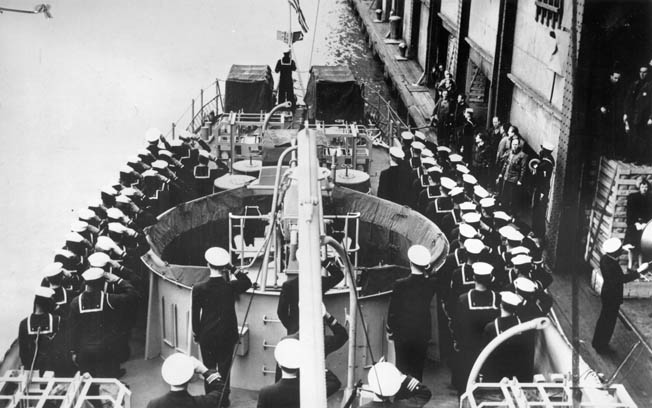
Being a smaller craft limited to what some may call shallow-water service, PC-1264 mostly escorted convoys to the Caribbean and South America. It sailed the waters from the New England states south to Bermuda and Guantanamo Bay, Cuba. Its 65-man, mostly black crew manned a 450-ton vessel measuring 173 feet long with a 23-foot beam.
These small ships were specifically designed to chase down submarines. Armaments consisted of one 3-inch dual-purpose mount, one 40mm gun, five 20mm guns, two depth charge projectors, and two tracks. Primarily berthed at Tompkinsville, New York, on Staten Island’s northeast corner, life aboard PC-1264 came down to seven days on the water, then five days on land.
On its first convoy escort duty in June 1944, PC-1264 sailed from New York to Guantanamo Bay. At one point three hours were invested in tracking a possible U-boat, but nothing came of the barrage of depth charges launched.
In mid-January 1945, PC-1264’s area of operation was between Montauk Point, Long Island, and Cape Charles, Chesapeake Bay. PC-1264’s skipper, Lieutenant Eric S. Purdon, was called by one of his fellow officers “a knowledgeable man and an excellent teacher…. In the face of injustice, he quickly came to the defense of his men.” On January 14, Purdon decided to conduct a drill toward the end of a patrol 45 miles off the New York shore.
On this particular route the turnaround point was marked by a buoy known as Buoy Able. It was held in place by a chained anchor that showed up well on radar and sonar at its 135-foot depth. It became a commonly used target site for bored crews to fire upon for practice. Purdon had PC-1264 charge down upon its well-used victim from 4,000 yards out.
A sailor named Henry James read off the dropping range from his sonar screen. Purdon’s intent was to close within 1,000 yards and then pull away. James read off the range from 2,000 yards to 1,200 yards. At the 1,200 mark he surprised all within hearing distance when he announced that the target had turned left and was departing. Purdon needed three more confirmations from James before realizing PC-1264 had stumbled upon the real thing. A U-boat had sequestered itself close enough to the buoy to blend in with any radar-sonar readings bounced off the anchor. Purdon’s practice run came close enough to scare the U-boat into moving away.
Purdon completed three runs over his suspected victim. With water disturbances coming from depth charges and from PC-1264, then those of joining ships PC-1149 and Coast Guard cutters Thetis and Icarus, a couple of PC-1264 crew claimed to have seen a submarine’s conning tower. Nobody else could confirm this sighting. All that could be found was an oil slick.
On March 18, 1945, off Nova Scotia, U-866 was sunk. It was confirmed to have been previously damaged. As far as the crew of PC-1264 were concerned, they were the ones who damaged it. To the official keeper of Navy records, that would never be confirmed.
One of the PC-1264 crewmen was Samuel Lee Gravely Jr., who became the first American black admiral in the U.S. Navy. As of 2008, PC-1264 was one of three PCs rusting away in a Staten Island scrap yard. It was far beyond salvageable as a floating memorial to the crews and their service during World War II.
On July 1, 1944, the Mason received its first sailing order. It would join four other DEs escorting Convoy CK-3 to Portugal’s harbor at Horta, Azores, then on to England. Task Group 27.5 consisted of the Mason,
USS Charles M. Stern (DE-187), USS William T. O’Neill (DE-188), USS John J. Powers (DE-528), and USS John M. Bermingham (DE-530). All were Evarts-class ships except for O’Neill, of the Cannon class.
Although rivalry between ships’ crews was the norm, the all-white crew of the Bermingham and the mostly black crew of the Mason often came to trouble when they mixed ashore. Otherwise, the Mason’s men conducted themselves admirably while ashore. Throughout the Mason’s half dozen voyages, these two ships seemed to be consistent traveling companions.
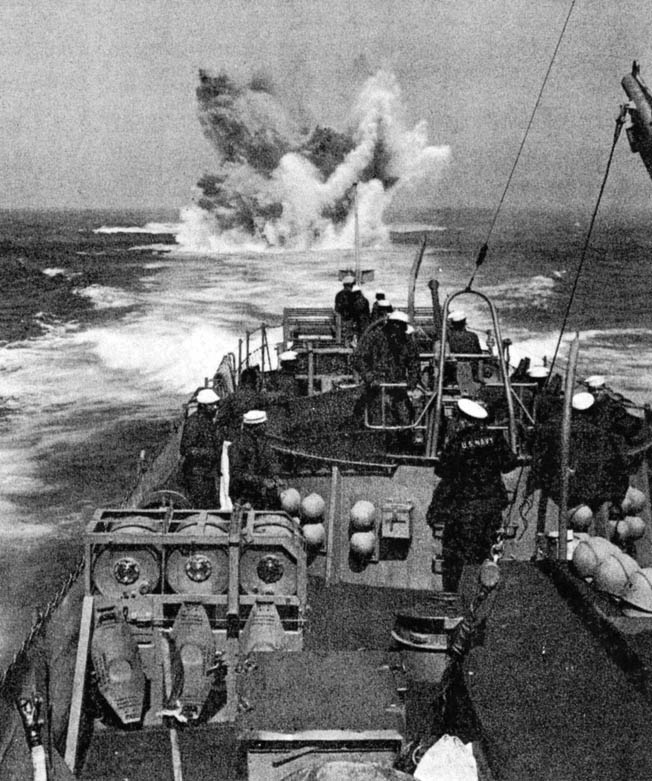
The Mason’s war activities are recorded three ways. Its deck log holds events in four-hour blocks. Significant happenings went into the ship’s 24-hour war diary. Then there are the personal recollections of the ship’s veteran sailors. According to these records, the Mason’s first voyage was uneventful.
On July 3, 1944, three occurrences worth noting were listed. At 12:13 pm, an empty life raft came into view for all to see. It was a stark reminder of how desolate and dangerous an empty sea could be.
An hour later, the USS Bermingham passed by. Excitement peaked at 2:16 pm as the Powers reported a radar contact. An excited Mason crew was tantalized by expectations of crossing paths with a U-boat. It was a false alarm.
Five days later, the Mason reached the midway point on the voyage to Horta Bay. There the crew found a surprising sight. Being neutral, Portugal opened its facilities to any ships. Vessels of belligerent nations could expect to be boarded by Portuguese officials who insisted that all deck weaponry be rendered harmless. There would be no shooting while tied up in harbor.
The Mason reached Horta Bay in the dark of night. The next morning the crew discovered that a U-boat was tied up alongside. Both crews were baffled at such a close view of each other, but quite probably the German crew was more bewildered seeing the nature of the Mason’s crew. The U-boat departed first. Task Group 27.5 was restricted to port so as not to engage in hostile action outside Horta Bay. In due time, Convoy CK-3 and Task Group 27.5 resumed course for England.
A closer call brought the battle station alarm on July 18. At 7:05 pm, an unidentified plane’s lights were sighted. Radar tracked it for about 35 miles. Whoever it was turned about for Nazi-occupied St. Nazaire, France.
Many other such occurrences brought the crew to general quarters-battle stations with no definitive results. Not once did the crew challenge Blackford’s judgments. None would lose trust in him.
Convoy CK-3 safely reached Plymouth, England, on July 24. The Mason then proceeded to Bangor, Northern Ireland; shore leave came while in Bangor. Apprehensive crewmen were pleasantly surprised at how well they were treated by the Irish, with no signs of racial animosities.
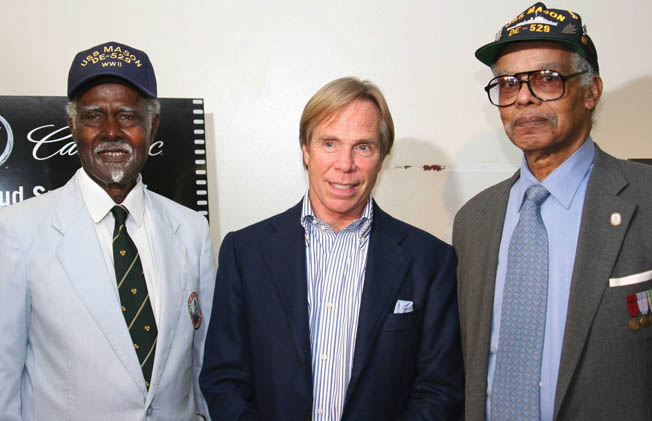
Radioman Benjamin Garrison recalled going ashore with a shipmate and ending up at a dance. Neither considered themselves good dancers and so were sitting out the dance when next to them sat an Irish lass whose name Garrison never forgot: Sadie O’Neill. An Irishman approached her and asked her for a dance. In the most polite manner, she asked Garrison, “May I dance with him?” as if he had been her escort to the dance. The numerous courtesies bestowed upon the crew constantly amazed them.
On July 28, 1944, among other items taken aboard in Northern Ireland, the Mason loaded 4,032 pounds of potatoes and 336 pounds of cabbage. Heading west for the United States, without a convoy to escort and slow them down, Task Group 27.5 was free to chase U-boats.
Five hours out of Belfast, the Stern detected submerged soundings. The five DEs formed up in their standard search pattern and went to work. As thrilling as it started out to be, it became another disappointment as they found no U-boats. The next two voyages were just as boring and uneventful.
The Mason’s second crossing of the Atlantic probably should have merited a Navy commendation of some sort, but no such recognition came for escorting Convoy NY-119 bound for Falmouth, England.
A normal cross-Atlantic voyage, barring interruptions of foul weather and enemy activities, took 17 days, but this one, departing from New York City’s 33rd Street Pier, took 32 days at speeds of barely five miles per hour. That was due to the nature of NY-119’s vessels; most of them were never intended for transatlantic travel. During the voyage, the Atlantic’s stormy season would arrive.
Commander Alfred L. Lind, aboard the O’Toole, drew the straw and became the commander of Task Group 27.5. Lind’s convoy consisted of 14 railroad car floats measuring up to 250 feet long; 12 barges; one 60-ton crane sitting on a barge; 15 STs (Army small tugs); 16 self-powered “Y” oilers; and 10 LTs (Army large tugs). Complementing this group were the fleet oiler USS Maumee and larger Navy tug USS Abnaki (ATF-96), along with two Royal Navy ship tenders, Astraval and Pretext.
The convoy for the 3,540-mile sea voyage consisted of nine Army LTs towing combinations of STs and barges in threes, but none of those in tow were meant to cross the fearsome Atlantic. First came the realization that many of the smaller craft had an incredible number of mechanical shortcomings for a transtlantic trip. Then came the impact of not having enough qualified sailors to operate the tugs; at least 15 seamen were needed. The bottom of the barrel was literally scraped in putting crews together. The crews ended up being a combination of Army and civilian personnel with no deep-sea sailing experience; many had to be quickly trained in the handling of tugboat operations.
Aboard the Mason, Engineer Officer William Farrel said, “Those tugs should never have gone to sea.” Radioman Benjamin Garrison concurred: “In my view they should never have been sent on a convoy like that.”
The purpose of this mission lay in the Normandy invasion successes. The beaches’ port and harbor infrastructures needed shoring up, and some of these barges were intended to reinforce piers and docks as needed.
After two weeks at sea, the Mason began its never-ending job of rounding up stragglers, like a sheep dog continually herding its flock together. At 7:30 am on September 23, the Mason fell out of line to check up on faltering Oiler 127, which had been taken in tow by LT-579. Then the Mason had to fall back another 14 miles to check on LT-536’s problems towing two barges and ST-748; Abnaki ended up having to hook onto them to tow them along. The only comfort the Mason crew had was the knowledge that a U.S. Navy U-boat hunter-killer group had cleared their path of U-boats two days earlier.
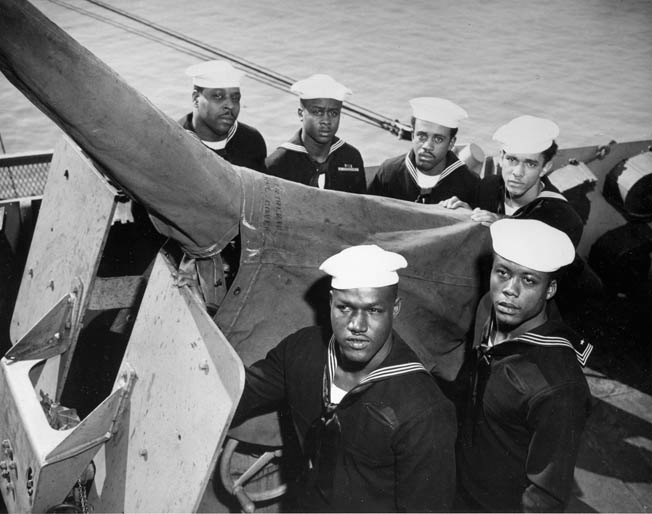
Two days later the weather began to change. Rain came first with winds at 28 knots (31 miles per hour). The weather became so cold that two-inch rope lines became four-inch ice lines. On the 26th at 2:17 am, ST-719 flipped, tossing its crew into the icy ocean. Recovering the floundering crew was done without searchlights. Two men were never recovered.
On October 3, the Mason was 15,000 yards forward doing picket screening. At 5:06 pm, a definite sounding arose indicating a U-boat; O’Toole concurred with those soundings. A concentrated barrage of depth charges quieted any further sounds. In the final analysis, it all may have been a large school of fish.
On October 12, the sea and weather showed no signs of moderating; waves were peaking at 25 feet. The next day, the Mason received a message from LT-63 that its tow—the nearly 300-foot-long car-float barge BCF-3203––had capsized. Lind determined it a hazard to navigation and ordered the Mason and O’Toole to sink it. Despite making several passes and using every weapon on board, including depth charges, the Mason and O’Toole could not sink BCF-32013. The O’Toole fired 57 3-inch shells, nine MK 8 depth charges, and a wild amount of 20mm and 40mm rounds. The Mason may have disgorged similar numbers, as well as hundreds of rounds from its .50-caliber machine guns, including incendiary rounds from a range as close as 2,000 yards.
The event provided excellent tactical target practice and up-close tactical maneuvering. Lind sent the Mason its closest acknowledgment of a Navy commendation to come its way. He sent via semaphore, a “Job well done … excellent gunners … Mason has performed each task assigned in a most commendable manner.”
The Mason’s crew never received a single official accolade for its duty performance from the U.S. Navy, however.
For two days, October 13-15, Convoy NY-119 was strewn across the Atlantic. In essence it became two different convoys with many miles separating vessels. The Powers and Abnaki parted from the NY-119 main line to babysit stragglers and become their own convoy. Barges kept leaking and listing in the water. Civilian hires became malcontents on the STs and had to be relieved by Navy sailors.
By October 16-18, the weather reached its worst conditions with winds hitting 75 miles per hour. In that period, the Mason survived the impossible. Quartermaster Second Class Charles Divers saw, by the ship’s instrumentation, a 70-degree roll. Many a seasoned sailor could brag about sailing out of a 45-degree roll. According to Divers, a 90-degree roll meant “flat over.” Before reaching its destination, Convoy NY-119 would withstand 90-mile-per-hour winds.
The Mason was damaged by the nonstop pounding topside; cracks developed that repair crews had to weld. Compartment B-4 buckled and needed shoring up. The radio room took in water, and equipment had to be covered to keep water out of the electrical components. Its antenna tower broke apart and was hurriedly pieced back together. Twenty-one inches of water collected in the chain lockers. It was feared that the Mason would fall apart at its seams and sink.
At 1 pm on October 17, Blackford radioed Plymouth that help would be needed to ensure the safe delivery of NY-119 into Plymouth’s channel. Entering the channel meant passing through 40-foot waves. Just minutes after midnight on October 18, the Mason’s bridge officer, Lieutenant E.O. Ross, pinpointed the light leading into Plymouth’s channel. The Brits sent out two ships, HMS Rochester and Saladin, to help but both turned back due to the foul weather.
Once assured its wards were tucked away inside the channel, the Mason turned about to brave the elements again to retrieve those still scattered. The Mason roamed the waters for three more days, finding the wayward ships of NY-119, but another storm forced it back to the shelter of Plymouth.
From October 24-27, the Mason came back out as far as French waters before calling it quits. After counting its losses, Convoy NY-119 had lost three tugs, eight car floats, five wooden barges, and 19 lives.
With its second escort job completed, what did the crew of Mason get for its troubles? They got shore leave in Plymouth, but it was as if they had never left segregated America. The crew learned that an American-sponsored Red Cross canteen had a never-ending supply of hot dogs and Coca-Cola. Once they found it, Seaman Second Class Lorenzo DuFau and four shipmates got an unexpected shock.
Despite being more than 3,500 miles from America, the white Red Cross woman running the canteen informed them, as DuFau put it, “It wasn’t our canteen” and admission was denied. “Their” canteen was four blocks down the street. There they found an African American lady operating a USO canteen. All she had to offer, along with her sincerest apologies, were cookies, Kool-Aid, and a pool table.
Yeoman Third Class Melvin Grant took leave in London and saw the same thing: America sponsored and demanded segregated canteens. When asked why, the canteen’s manager answered, “The United States is paying us, so we have to do what they say.”
Like his men, Blackford was stung by the treatment his crew received in England but could do nothing about it. Conditions aboard his ship, however, were an entirely different matter. Blackford would never allow criticism of his crew, even from within. The skipper held regular meetings with his white senior-grade chief petty officers to monitor conditions aboard ship.
Returning from convoy duty, the Mason tied up in the Brooklyn Navy Yard. It was then that Blackford purged his ship of bigoted senior-grade chief petty officers. Blackford held a meeting of CPOs, and one man shared a thought that was apparently common among the other senior enlisted men: “All would remain fine as long as the lower ratings, to wit, the African American crew, kept in their place.”
The next day Blackford called all senior-grade CPOs to the top deck for an announcement. Within 24 hours, Blackford issued orders reassigning every CPO off his ship and to the Pacific.
Blackford’s actions may have helped open the Navy’s eyes as to how African American sailors could extend themselves. The Navy, at that time, had a longstanding belief that black sailors were only as good as a preconceived reading of a limited test score. Blackford wrote home, “Morale has been on a gradual upswing … we have an excellent reputation for operations…. The eventual policy for Negro personnel has been finally decided upon, but I could not discuss it here. In any case, we are to get more cooperation than in the past.” That meant promotions for many of the Mason’s crew.
In mid-December 1944, the Mason was involved in training exercises. By the end of the month, it was assigned to another convoy, UGS-64. Departing Norfolk, Virginia, its final port would be Oran, Algeria.
Joining Task Force 64, the Mason sidled up alongside her old DE companions, O’Toole, Powers, Bermingham, and Chase. Also along were three destroyers: DDs Balch, Livermore, and Eberle. With Nazi Germany losing on all fronts, U-boat activity had picked up and become as busy as ever. Admiral Karl Dönitz’s U-boats had become advanced, with a new snorkel system allowing them to stay submerged longer while gulping air into the boat.
Finding U-boats became more and more difficult. Convoys preceding and following UGS-64 took losses from the undersea raiders.
During the December trip to Oran, each sunrise and sunset brought the Mason’s crew a call to general quarters. Luckily, UGS-64 was never molested; any sonar-radar readings of submerged objects proved false time after time. Then came the trip home.
On the return trip from Oran, Task Force 64 was freed of the cumbersome responsibility of guarding sluggish cargo ships, so the task force became a hunter-killer pack actively and freely capable of chasing down U-boats.
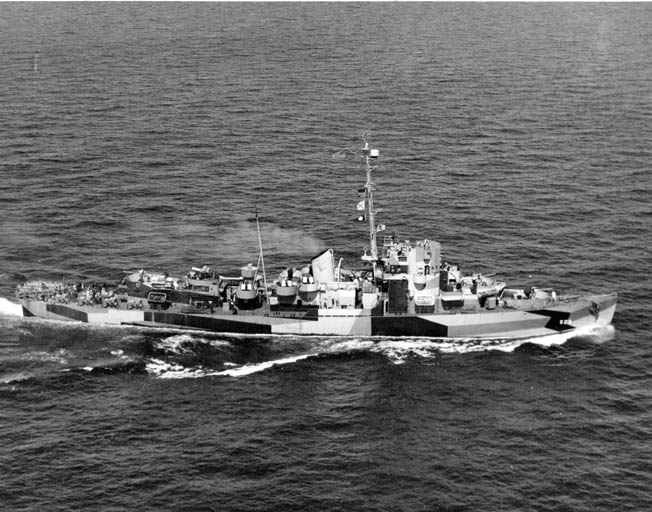
At 1 am on January 11, 1945, the Mason picked up the distinct signal of an unidentified object ahead in the water. It was the old pattern of pinging then seeing nothing. Still, the crew reacted by dashing to its ready stations in anticipation of a battle.
The reading came in as an odd pattern. One interpretation was that it may have been a disabled U-boat limping along just below the surface. All the crewmen held their breaths that it might finally be the real thing. All of a sudden the Mason collided with something. All hands aboard ship immediately thought they had rammed a U-boat, which was never a common practice. Whatever hit was hard enough that “the whole bow of the destroyer escort went up in the air.” Confusion reigned from engine room to conn. Whatever the Mason hit disabled its pitometer log—a device that measures water pressure and converts it to the vessel’s speed—on the ship’s forward hull.
By viewing the scattered floating material in daylight, it was determined that the Mason had struck a derelict wooden barge—quite possibly a 100- by 50-foot barge left over from its NY-119 journey. Crewmembers expertly plugged Mason’s damaged forward hull with mattresses to hold back the inrushing water. As task force commander, Captain H.S. Berdine, aboard the Balch (DD-363), ordered the Mason out of line and to proceed to Hamilton, Bermuda, for repairs.
Reaching Bermuda, the Mason caught sight of something that made its crew envious. Kept in secrecy, there sat the German submarine U-505, which had been captured and boarded and was on its way to America as a prize of war. The feat was so significant that U-505’s crew would be detained separate from all other American-held prisoners, thus preventing Germany from gaining knowledge that it had lost a U-boat with its crew taken alive.
As the months wore on, the Mason would make a couple more escort trips to Oran. During the last voyage, two days out of Oran the Mason’s crew learned that Germany had surrendered and the ship was to come home.
With no explanation, Blackford was reassigned to the Great Lakes Navy Center in Chicago on June 12, 1945; at war’s end, his naval career ended. The Mason ended up being scrapped in 1947.
In the decades that followed, none of the Mason crewmen would see any official Navy recognition for successfully breaking the color barrier. In 1997, only due to Mary Pat Kelly’s research and book, Proudly We Served: The Men of the USS Mason, did 67 former sailors of DE-529 receive a commendation from President Bill Clinton.
Although the Mason never sank an enemy submarine or shelled a hostile ship or shore, its place in history is assured.
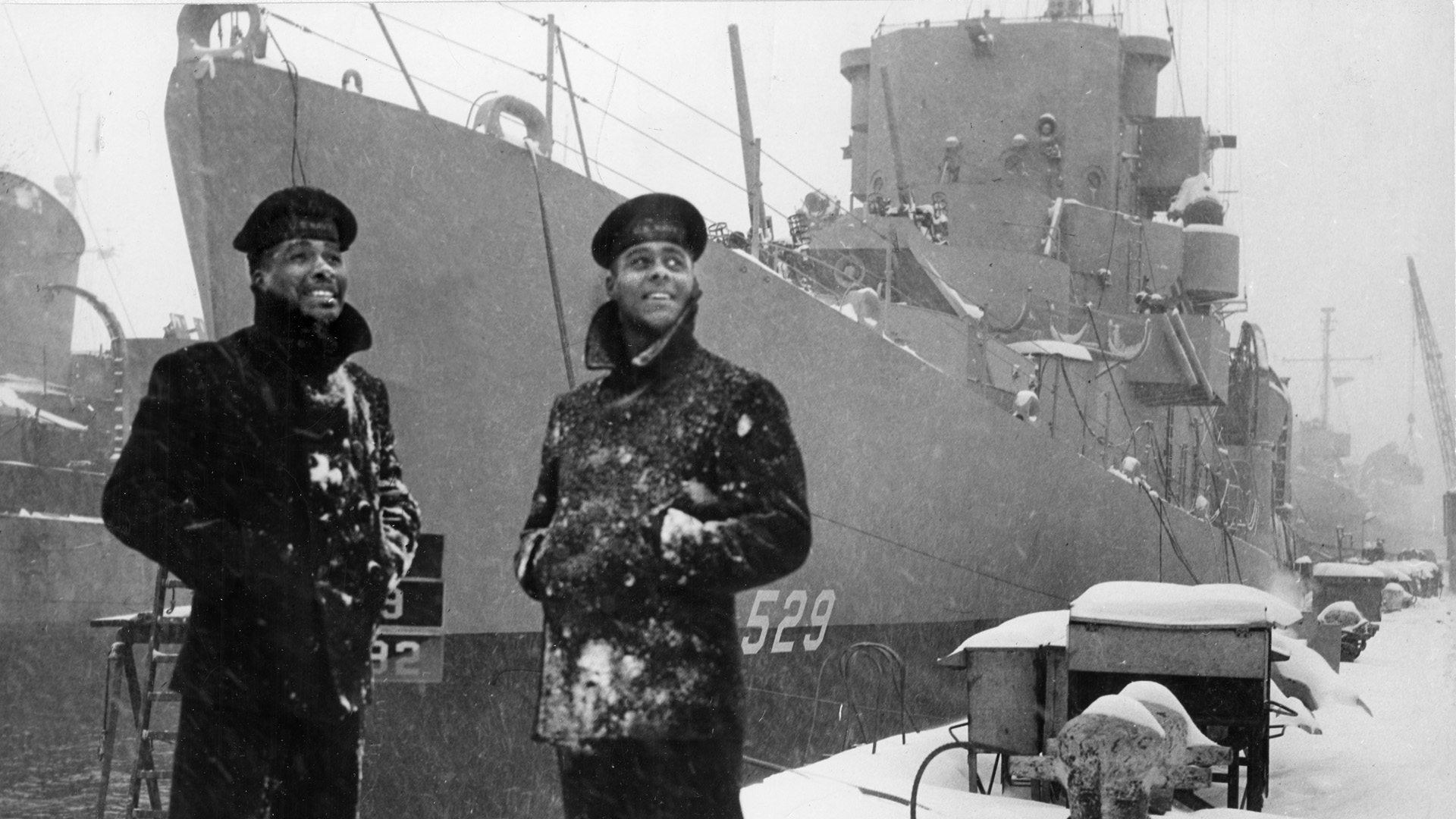
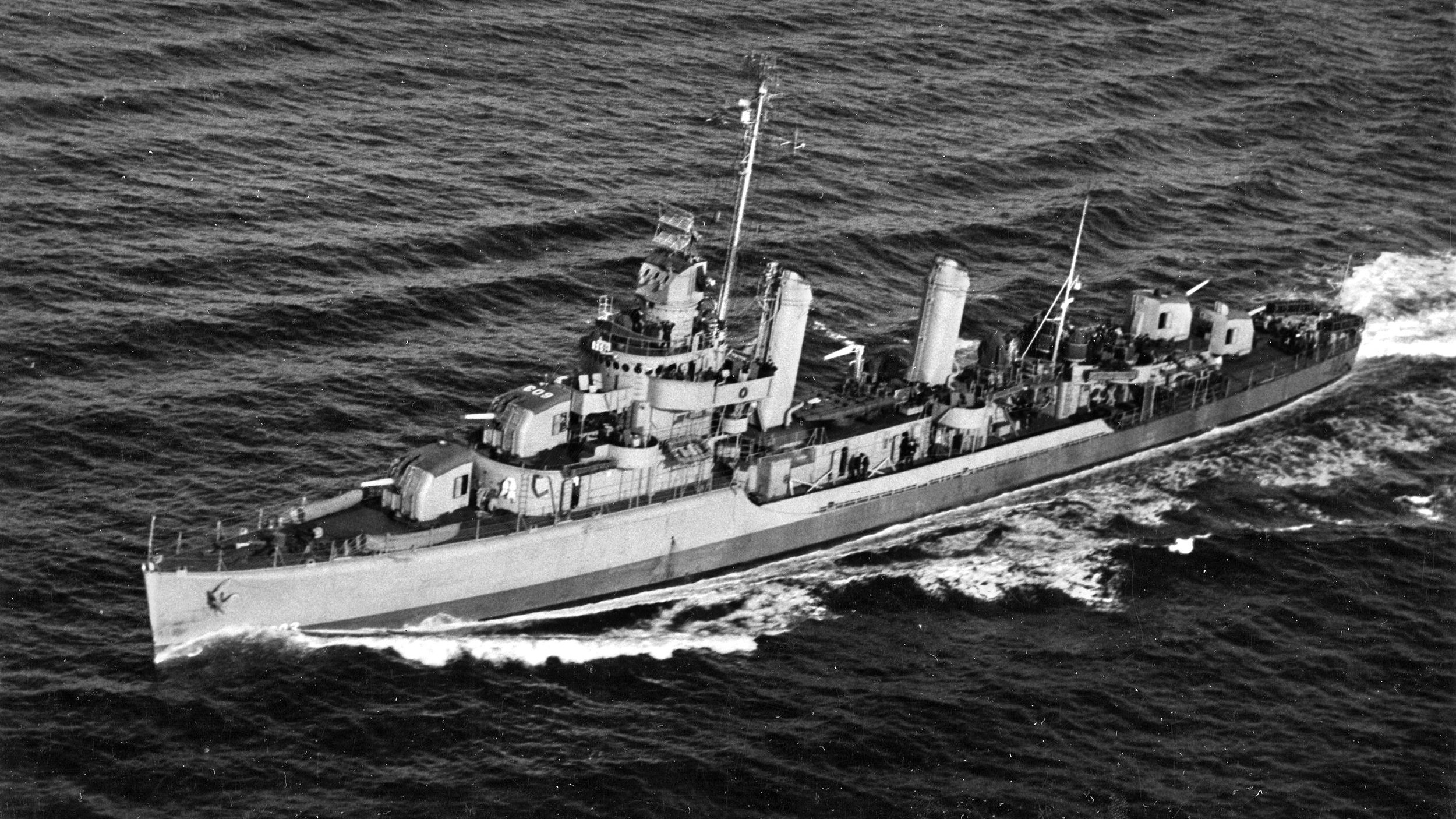
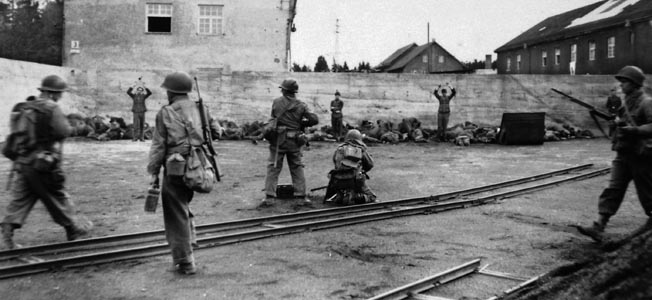
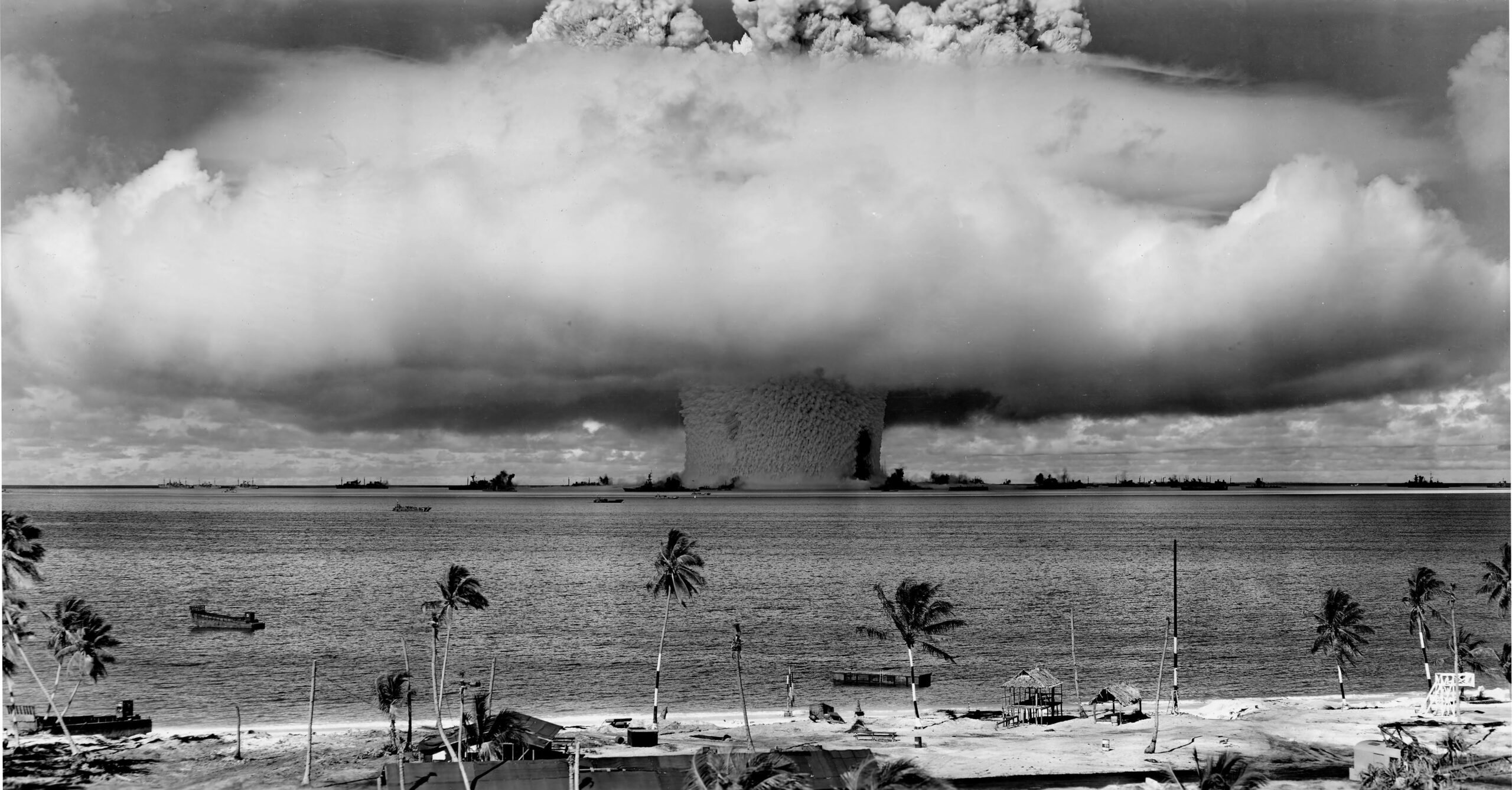
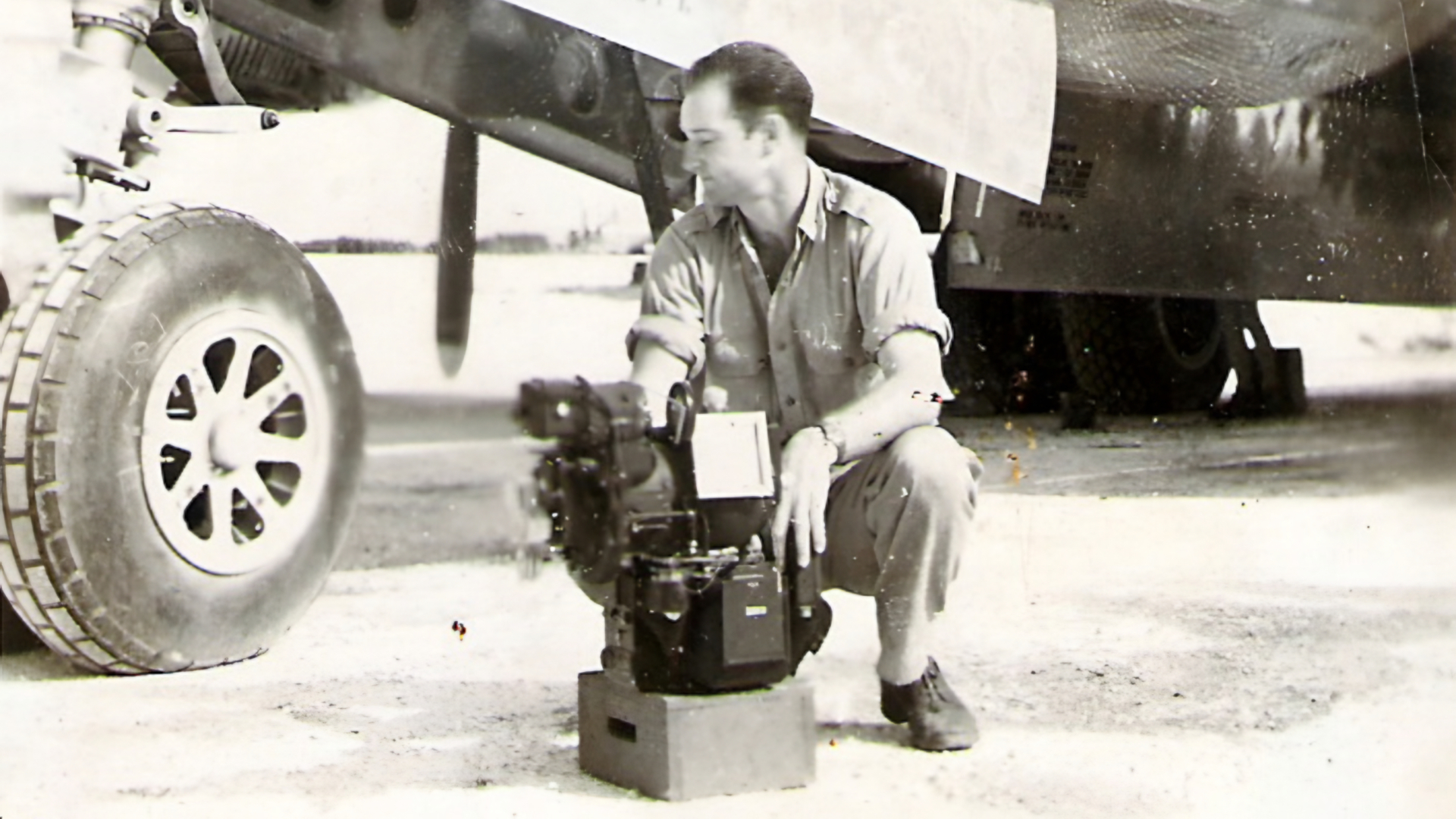
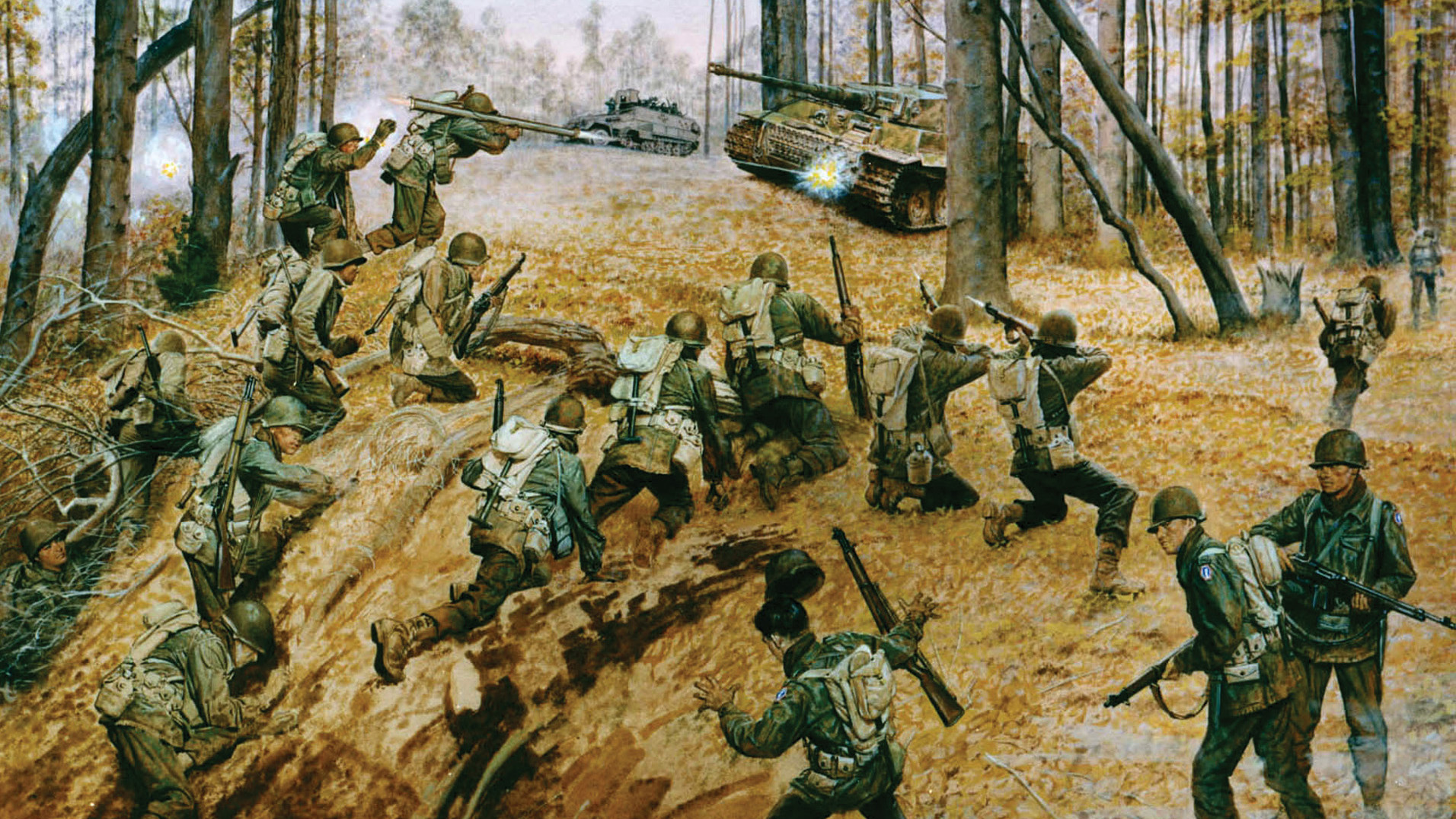
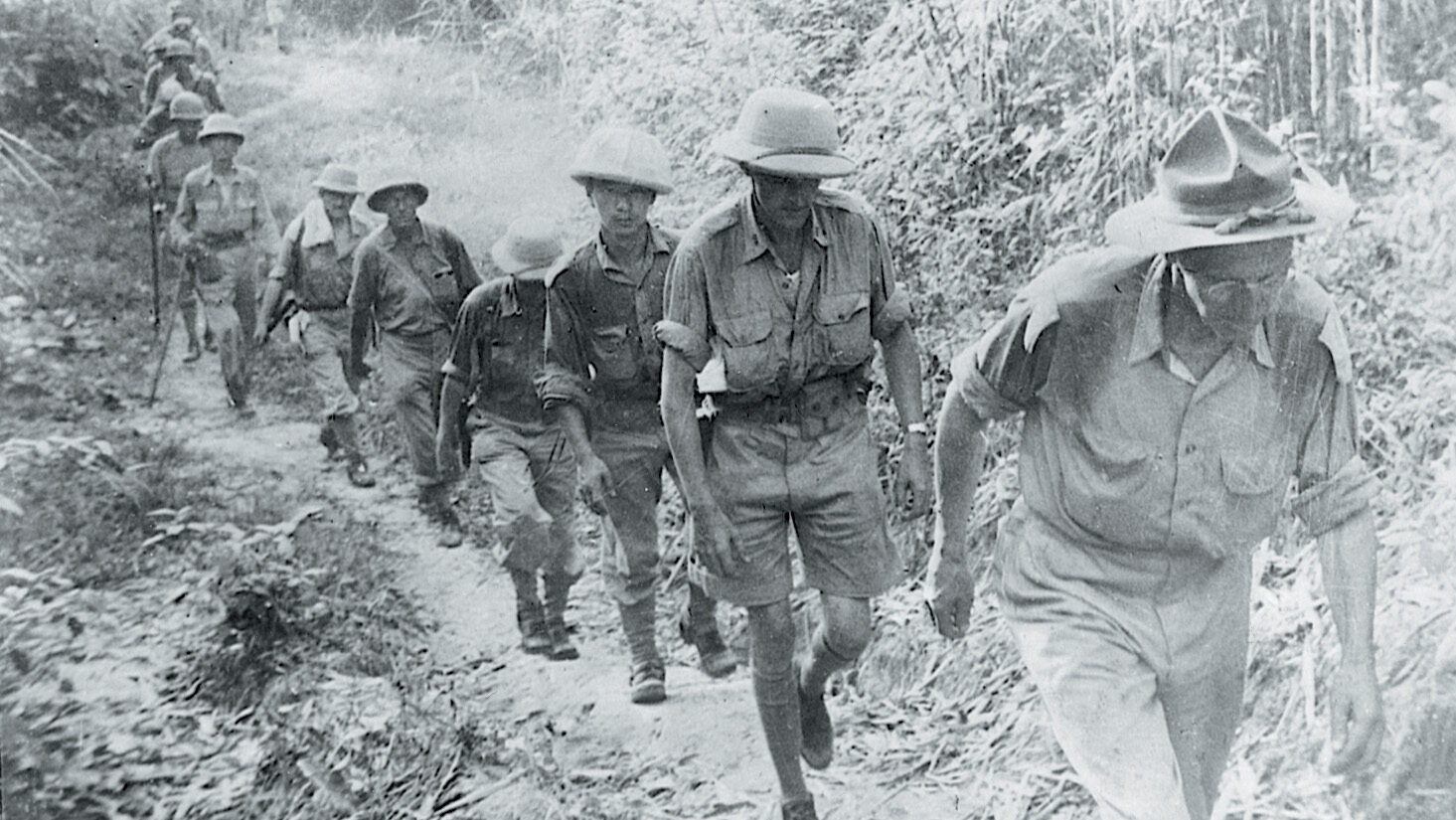
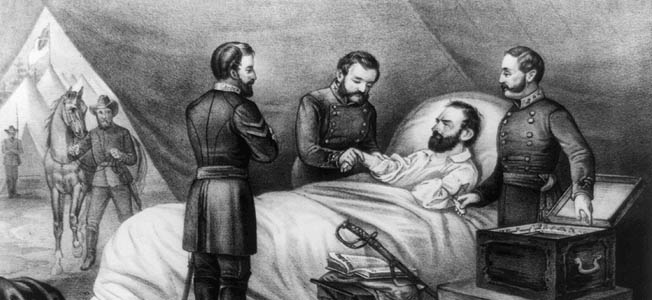
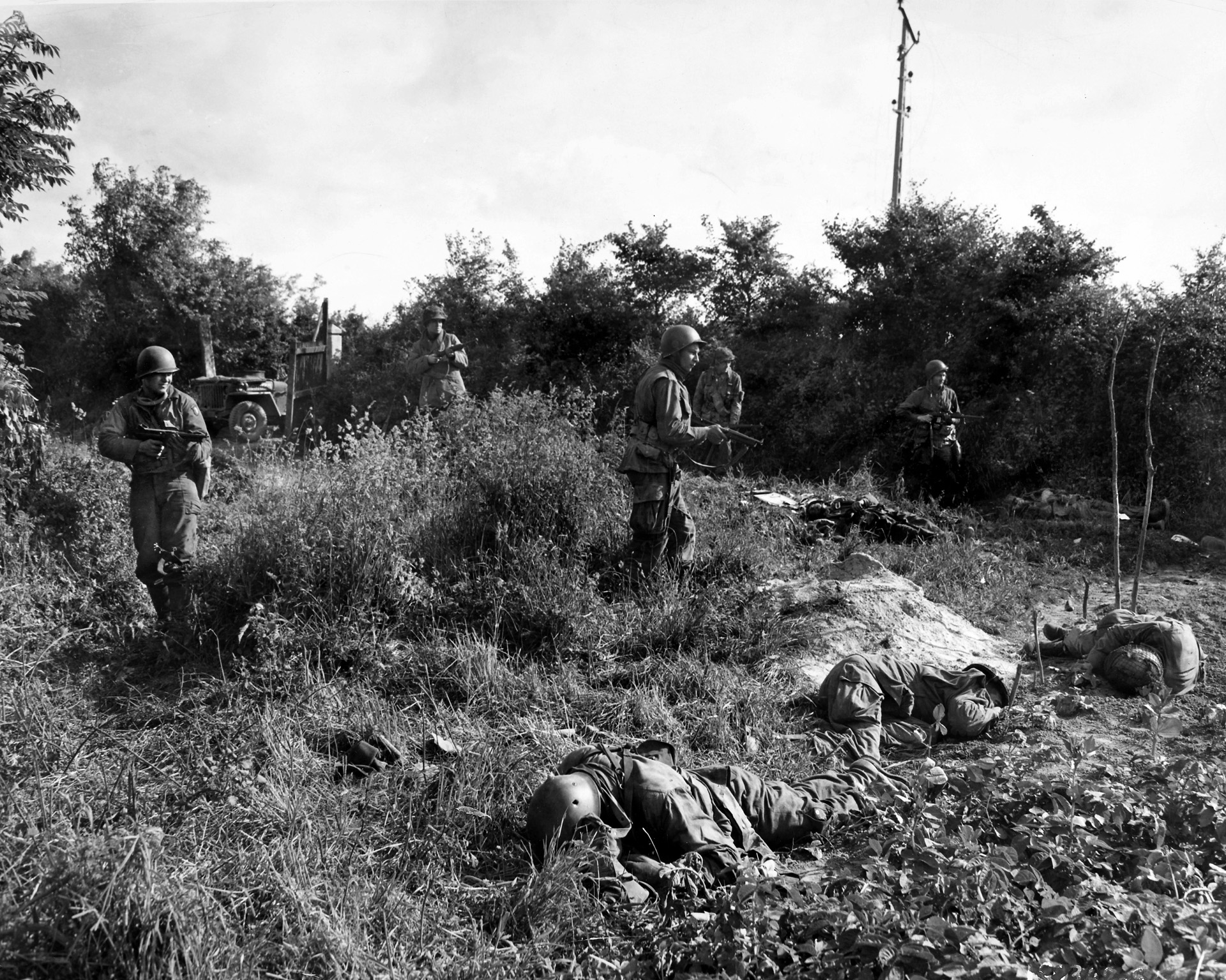
Great piece of history. I have read a number of books and watched many documentaries on WWII. First time hearing/Reading this account of Americas treatment of its black citizens during the war. I have to say it was our loss as a nation to not utilize each and every person of color who was willing and very able to defend the USA. These men performed admirably under conditions above and beyond the war itself. Shameful the way the Red Cross treated them let alone the US Government. Would of been nice if they had done the right thing. While it can be said to little to late. I am glad the recognition these young soldiers deserved was finally presented to the survivors and hopefully family of the deceased soldiers. Thank you Masons for defending the freedoms of not only the USA but every Ali that was fighting for its very life. The supplies you helped to protect and get safely to there destination were a huge part in winning WWII. Lt. Cmder Blackford did a commendable job with his command.
Super article please do more
Thanks
P Soskin [email protected]
Excellent thank you